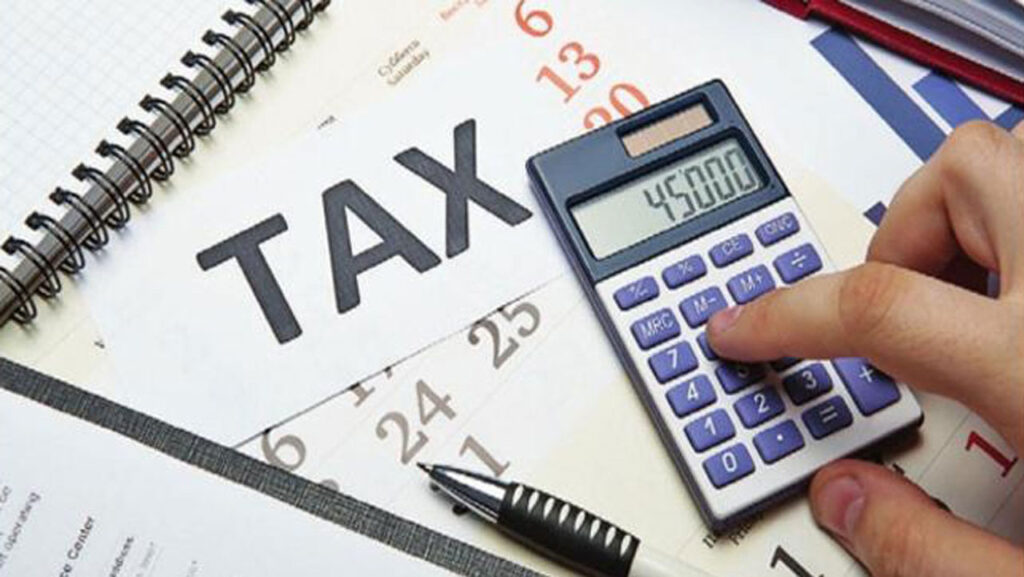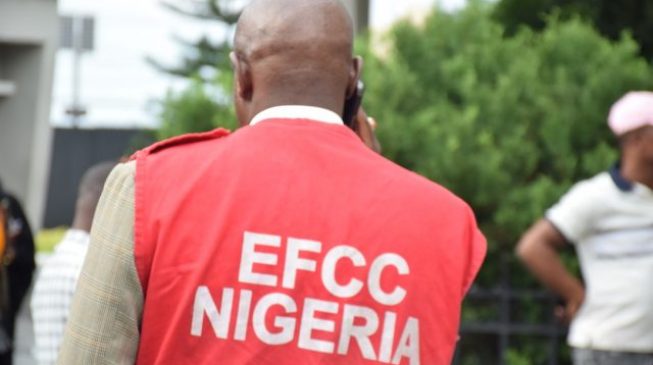
In 2024, President Bola Tinubu’s International Monetary Fund (IMF) recommended fiscal and monetary policies will intensify the hunger in the land. After the N28 trillion padded 2024 budget was signed by Tinubu, the Minister of Finance and Coordinating Minister of the Economy, Wale Edun, promised that the Federal Government would rely more on increase tax revenue and Internally Generated Revenue (IGR), rather than borrowing, to finance the 2024 budget.
This is in accordance to the IMF neoliberal policies of increasing the tax rates and broadening the tax base by taxing peasants, women, unwaged workers and SME in the informal sector. Last year, PBAT set up the Presidential Fiscal Policy and Tax Reforms Committee to review and advise on reforms to shape Nigeria’s fiscal policy and tax system.
The general consensus among PBAT’s advisers is that peasants should face increased land seizure for foreign companies, lower prices for export crops, with the introduction of marketing boards, increased taxation, and lower disposable income. Lower disposable income will lead to increased peasant resistance to PBAT’s policies of increased rural taxation.
We will examine the response of Southwest Nigerian peasants to increased taxation in the past, especially the Agbekoya rebellion of 1968-1970. Peasants struggle for lower direct taxes because this leaves them with more disposable household income for their economic self-development. Cash income is their only means of raising their standard of living. During the civil war period, Nigerian peasants were faced with higher taxes, low producer prices and high import prices.
In 1967, the cocoa board’s domestic prices stood at £91 per tonne against a world price of £250 per tonne. The effective tax per adult was increased to £6.00. This included the head tax, the development fund contribution, the compulsory saving deposit, education rates and water rates. The taxation of women was also reintroduced in Southwest Nigeria.
The resistance of the cocoa peasant producers’ taxation policies began in September, 1968 when Oyo peasants started agitating against the increases in water rates and flat tax rates. Agitation against the new rates also occurred in other divisions as the tax assessment exercise continued. Local leaders and organisers were arrested.
On November 25, 1968, 500 armed peasants closed the council offices at Ibadan East Districts. The next day, thousands of armed peasants converged on Ibadan. They marched through the city and demanded the release of arrested organisers, higher producer prices, and a flat tax rate of £1.5.
The organisers were released and the armed peasants marched to Mapo Hall for a victory rally. Armed units of the Nigerian Police and Army ambushed them and opened fire on the peasant crowd without warning. Ten peasants were killed and 11 wounded. The Ibadan massacre intensified the peasant revolt.
In Oyo division, tax raids began in December 1968. On December 11, 1968, 35 peasants were arrested for tax default. A crowd of peasants, demanding their release, soon gathered. The crowd damaged 17 houses in the ensuing riot and was dispersed by armed police units. Attempts to release those arrested continued throughout the month.
On December 15, 1968, 200 armed peasants attacked the chief’s palace and destroyed it. The police soon arrived and a battle commenced between them and the armed peasants. Units from the Nigerian Army were brought in to reinforce the police after one ASP and many peasants were killed.
At Ishara, the peasants’ attempt to release their captured brethren was forcefully resisted by armed policemen. Five peasants were killed and three policemen injured in the ensuing battle. On December 29-30, 1968, battles occurred between armed peasants and police and army units at Egba Obafemi. Thirty five peasants were killed before the peasants evacuated the village.
Three thousand peasants captured at Egbe Obafemi were taken to Abeokuta. The next day, 2,000 peasants marched on the Alake palace and demanded the release of all those arrested. An armed conflict followed and three peasants were killed. Three days later, the Army released the 3,000 detainees.
On January 1, 1969, one person was killed as armed conflicts between peasants and the Police and Army units erupted in Abeokuta. On January 3, 1969, Ede peasants attacked the police with dane guns and machete leading to the death of three persons. The Western State government reacted by imposing a dusk-to-dawn curfew in Ibadan, Oyo, Ishara and Ede. The Western State set up the Ayoola Commission which began its enquiry on January 14th. It sat for 29 days and examined more than 300 witnesses. The recommendations of the Ayoola commission were accepted by the Western State in April, 1969.
The commission recommended a 50% reduction in water rate for peasants and a general reduction of 5s for other users. From April 1st, the flat tax rate was fixed at £3. 15s. and the tax payments for low income groups were to be staggered.
The State Marketing Board was to build up reserves over a three years period and then make an annual grant of £0.25 million to local government councils for the development of feeder roads. The commission also recommended an Ombudsman or pubic complaint commissioner. The peasants continued their resistance. On May 5th, at Ila-Orangun, 93 miles from Ibadan, police attacks on the peasant demonstrators were met with the destruction of the police station and the chief’s palace.
Two secondary chiefs were killed and three policemen wounded. Police reinforcement were needed to occupy Ila-Orangun. On June 6, 1969, only £8,938 out of an estimated £94,581 had been collected from the six Ibadan districts. The state banned the Egbe Agbekoya, the Olorunkoya and the Mekunnu Parapo.
To be continued tomorrow.
•Agbon (izielenagbon@yahoo.com
Twitter:@izielenagbon













